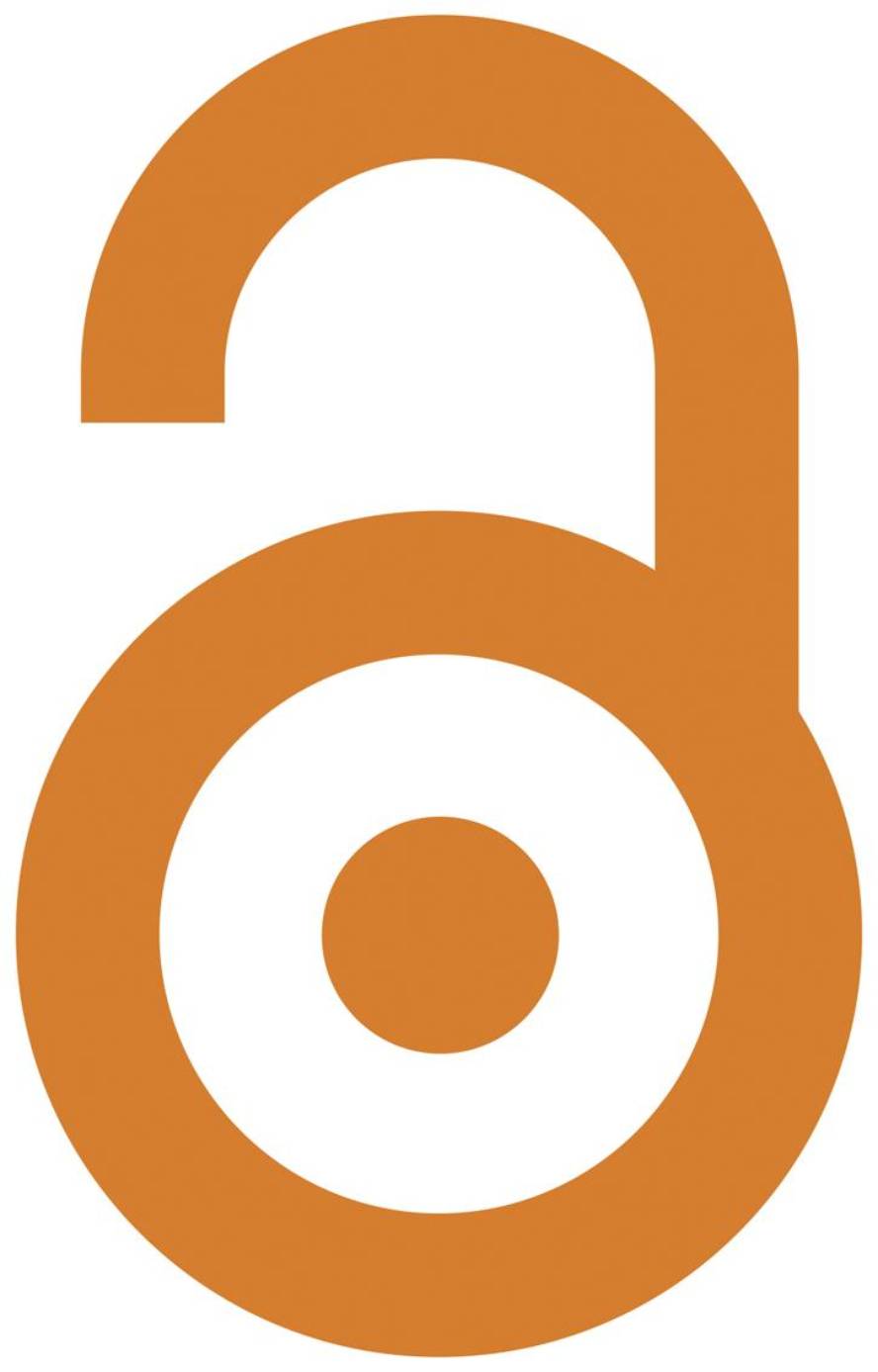Government of the United Kingdom and the European Commission bet on open access publications
In order for the results of publicly funded research to be available to everyone from the beginning, the UK Government and the European Commission have opted for open access publication. The measure will enter into force in the UK in April 2013. The European Commission will apply to the projects of the Horizon 2020 research programme. The goal is for 60% of publicly funded research articles in Europe to be open access by 2016.
In open access publications, the reader does not pay money to access the content. This does not mean that it is free. And it is that whoever wants to publish pays the costs associated with the publication (from the review of the equivalents to the paper). The system is called open gold access. Closed access publications charge for reading. And the "green" system opens access to these closed contents. In exchange for an amount of money, researchers obtain authorization to offer free work, usually within one year of publication.
Today, the green open access system is the most common, although the gold system grows rapidly. In the UK, for example, 35% of the 85,215 research papers published in 2010 were published through green open access and 5% through remote access. Global 12% in 2011 grew by 30% year after year, according to the Elsevier Scopus database. Not forgetting green open access, both the UK and the European Commission have opted for access to the gold zone in their statements.
Like them, many others claim the need to prioritize the philosophy of opening research to defend the measure. On the contrary, those who criticize the decision argue that the benefit and benefits will go to the lobby of open access publications to gold, not research. It is a debate with many sides and economically significant. According to the report requested by the UK government, annual expenditure on research publications amounts to 220 million euros. The option for fully open access will increase the annual investment between 60 and 75 million euros.






